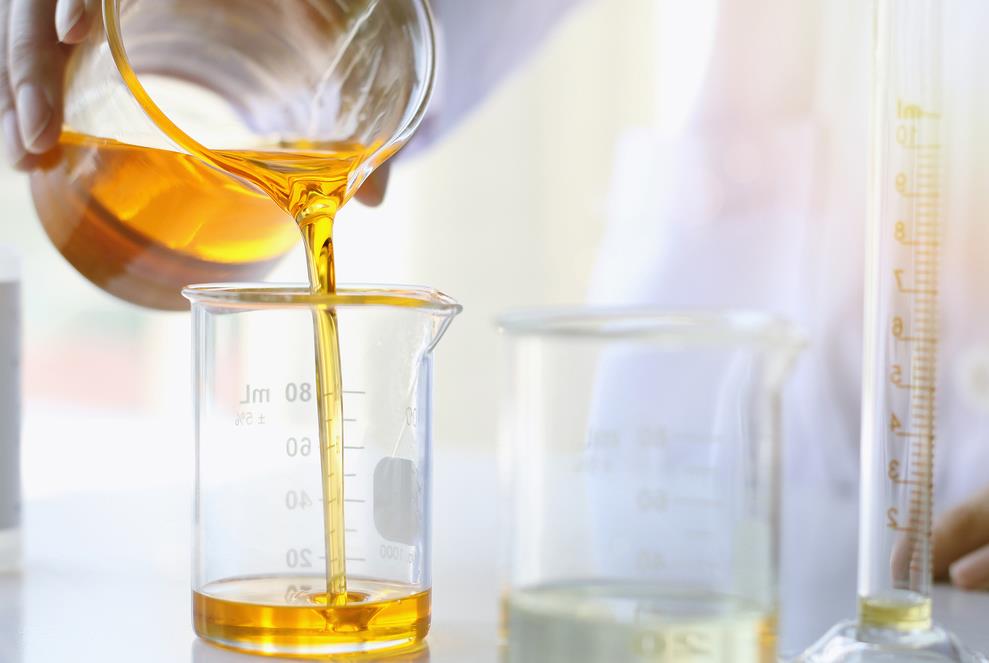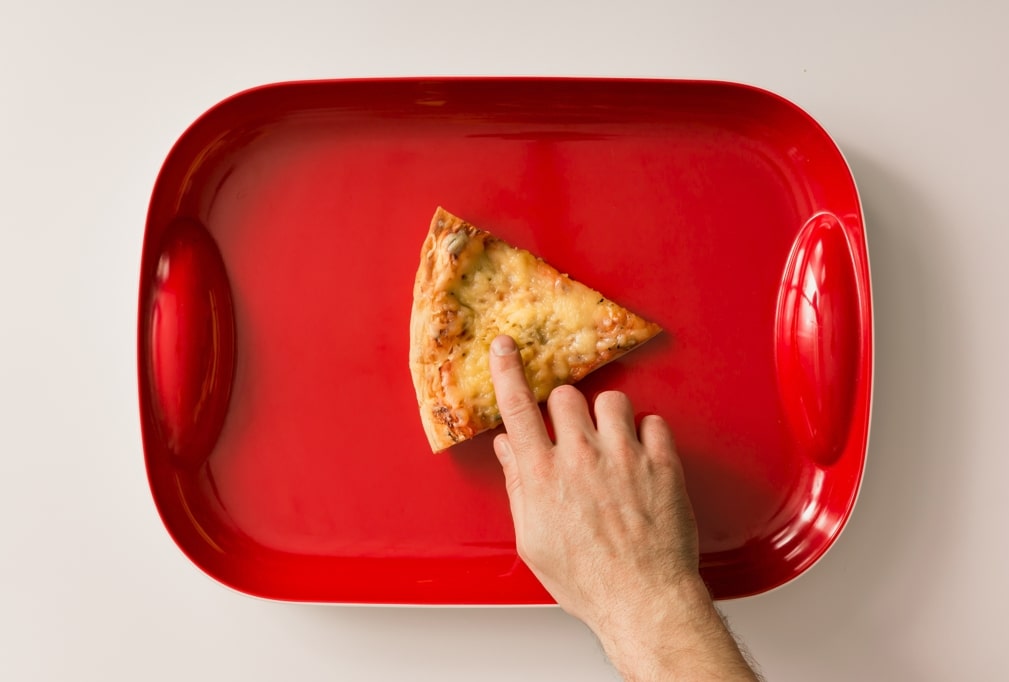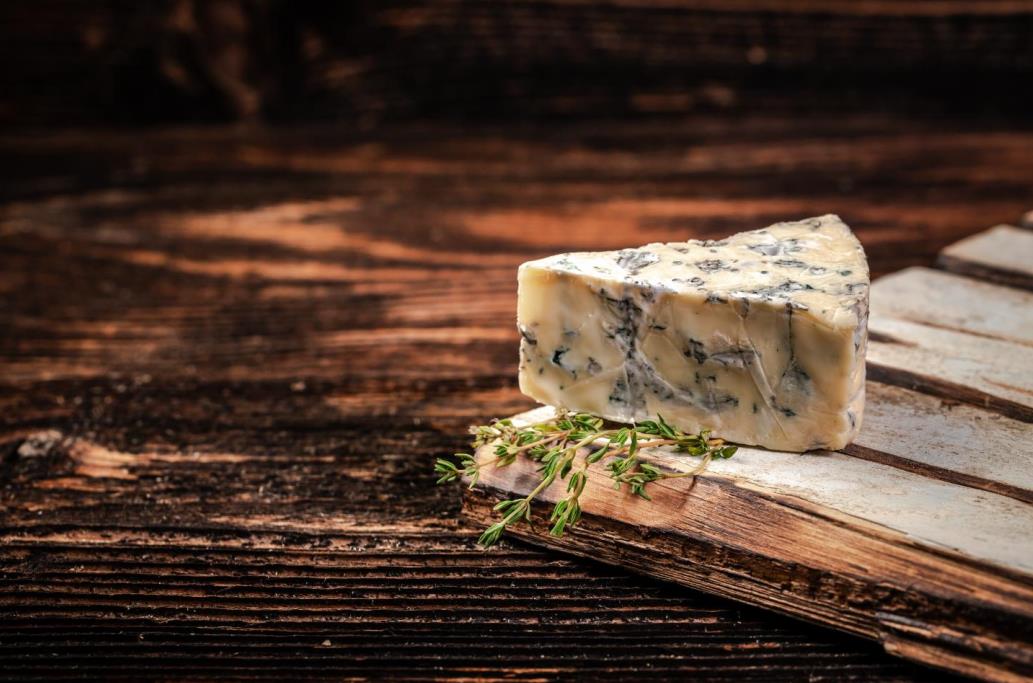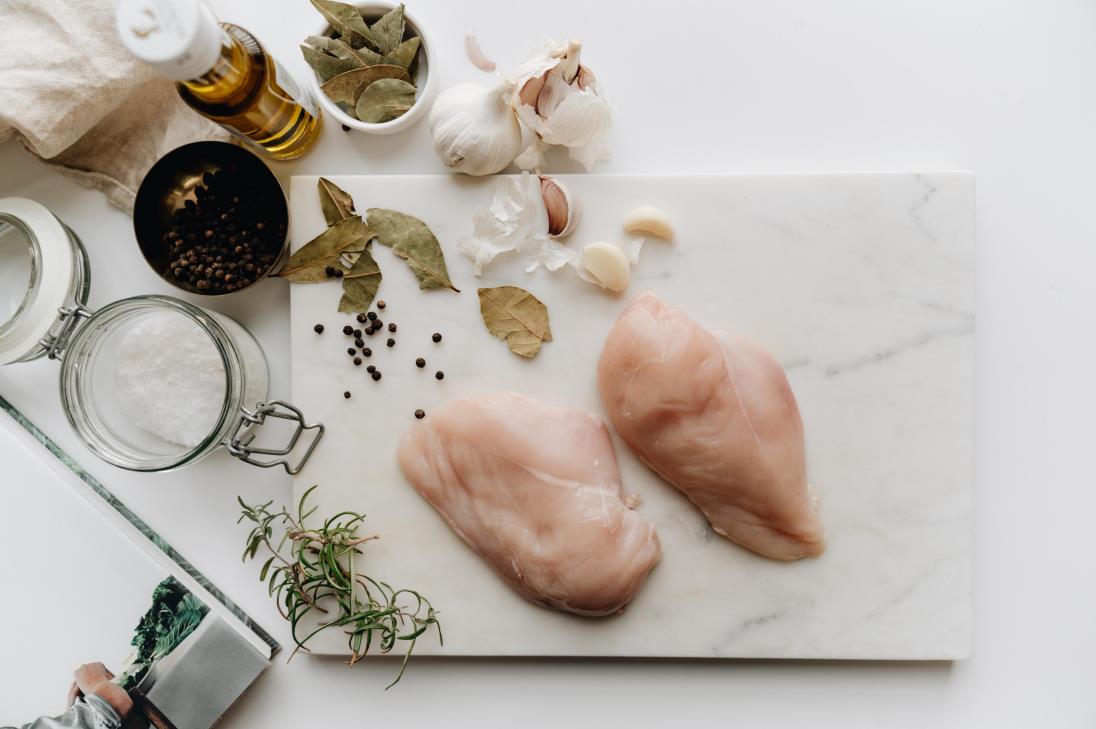Searching for the best cutting board material often seems like a never-ending quest. Wood, plastic, bamboo, glass – the list goes on. Wood is prevalent, and one common variety is Cherry. Woodworkers love cherry because of its vibrant color and aging process; thus, it finds a common purpose in veneers, doors, flooring, etc. But is cherry good for cutting boards?
Cherry wood is an excellent material for cutting boards because of its hardness and food safety characteristics. With a Janka hardness rating of 1,150 lbf for the sweet cherry and 950 lbf for the black cherry, the wood is hard enough to withstand the rigors of regular cutting but still soft enough that it won’t dull your knives. Moreover, cherry wood is non-toxic (food safe) and has anti-microbial properties.
Several other reasons exist for vouching for cherry as one of the best wood-cutting board materials. However, it isn’t all roses. This article will discuss all there is about cherry wood cutting boards, their characteristics, pros and cons, and compare it with other wood cutting boards like maple.
Table of contents
What is cherry wood?
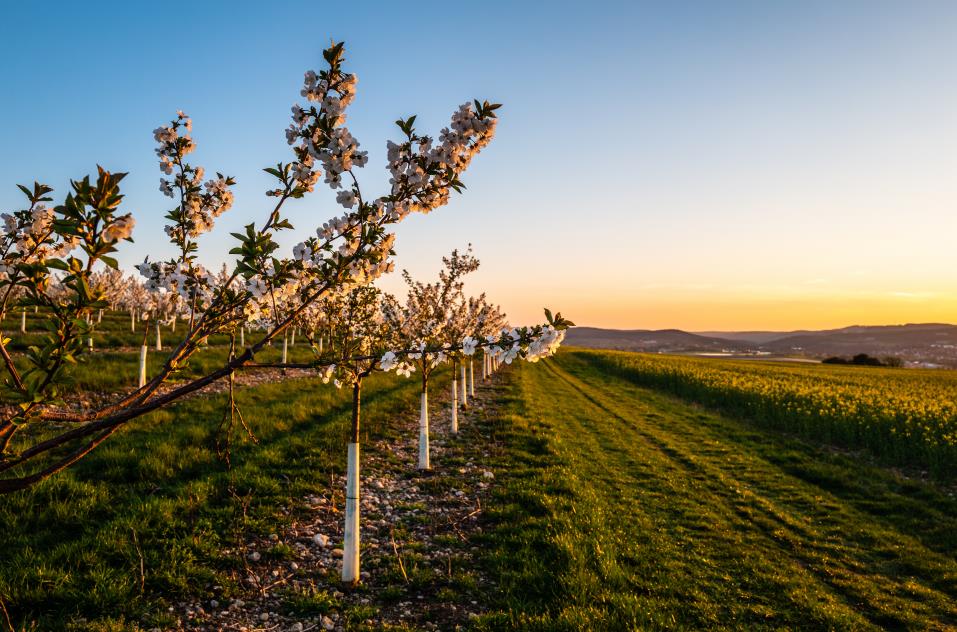
Cherry wood is a hardwood from various species that form the Prunus genus, which belongs to the rose family (Rosaceae). Other common members of the prunus genus include Almond, Apricot, Peach, Plum, and Blackthorn or sloe. The list also includes several types of cherries, like the Japanese flowering cherry (Prunus serrulata), tart or sour cherry (Prunus cerasus), fuji cherry (Prunus incisa), etc.
The list is long. However, the two most common cherry trees harvested primarily for their wood are the sweet cherry (Prunus avium) and the black or American cherry (Prunus serotina). These varieties have varying characteristics that make them viable for different applications.
Handpicked for you
True cutting power in the palm of your hand
Cherry wood characteristics as a wood
Carpenters and woodworkers love cherry wood for so many reasons. Besides being low-priced and readily available, it has incredible workability. The following section describes some common characteristics that make cherry wood a favorite material for woodworkers.
- Stability: Cherry wood has a relatively low shrinkage rate. For this reason, it’s stable when exposed to changes in humidity and temperature. So when using it for furniture often exposed to such conditions, you can expect the wood to last longer without warping or cracking. This feature also ensures that the furniture maintains its shape and stability over time.
- Sustainability: Cherrywood is a sustainable choice for carpentry because it’s readily available and can be grown in managed forests. It is also a renewable resource that can be harvested and replanted, making it a responsible choice for those that care about the environment.
- Appearance: Cherry wood has a warm, rich color that deepens with age and exposure to light. It has a fine, uniform texture and a smooth, satiny finish, which makes it ideal for furniture and decorative items.
- Durability: Cherrywood is a moderately dense hardwood with a Janka hardness rating of 950lbf for the black cherry and 1,150 lbf for the sweet cherry. This means it’s softer than some hardwoods but harder than others, like pine. It strikes a perfect balance of hardness, making it an ideal wood for many applications.
- Workability: Carvers find it easy to work with cherry wood despite being a hardwood tree. You can easily shape, carve, and even sand it without breaking a sweat. Even more intriguing is that the wood stains well; thus, you can effortlessly customize it to fit specific design needs.
Pros and cons of cherry wood as a cutting board material

The above characteristics portray cherry wood as an admirable wood for many applications. However, how does it fare as a cutting board material? Can it withstand the impact of daily use, or will it warp with the first exposure to moisture?
Advantages of cherry wood cutting boards
The following are the advantages of using cherry wood cutting boards
Attractive appearance
Any chef worth their salt knows how an attractive cutting board can add to the general aesthetics of a kitchen. One of the primary reasons why cherry wood is a popular choice for cutting boards is its attractive appearance. Cherry wood has a warm, pinkish-brown hue that will look stunning in any kitchen.
Over time, after exposure to light, the heartwood develops a rich patina changing from the original pinkish brown to a reddish brown color. Applying food-grade mineral oil to the cutting board’s surface deepens the wood’s natural colors and further highlights the straight grain pattern.
Cutting boards designed from edge-cut cherry wood tend to remain more subtle and often feature a more simplified look. End-cut cherry wood cutting boards are more pronounced with a darker appearance than edge grain. While these boards will definitely catch your eye, they dont do so in a dramatic way. These boards will work well with any kitchen decor.
Highly durable
The Janka hardness rating is one of the main factors determining a wood-cutting board’s durability. Sweet cherry stands out with a Janka hardness rating of 1,150 lbf. The ideal Janka hardness of a cutting board should range between 900 lbf to 1,500 lbf. So 1,150 lbf is about right.
Therefore, sweet cherry isn’t too soft or hard to use as a cutting board, and the board is less likely to develop marks or grooves due to frequent knife use. The high hardness levels also make it quite dense, which means it can withstand warping, splintering, and cracking.
Black cherry wood hardness rating also falls above the scale. The wood has a rating of 950 lbf, enough to withstand regular kitchen knife use. However, users must be cautious when using a cutting board made from this wood. We recommend choosing the sweet cherry cutting board when presented with the two options.
Gentle on knives
Both sweet and black cherry cutting boards are gentle on knives. A too-hard board (1,500 lbf and above) will dull your knives. We see this damage from cutting boards made of materials like graphite. However, when we compare the two (sweet and black cherry), you’ll likely need to sharpen your kitchen knife much sooner when using a sweet cherry cutting board.
Food safe
Cherry wood contains natural antimicrobial properties that help keep your food safe. These properties help prevent the growth of bacteria, which can lead to foodborne illnesses. And because the wood is less likely to develop groves and crevices from frequent knife use, there’s a less suitable breeding ground for bacteria.
Also, cherry wood is tight-grained, giving no room for bacteria to hide. Like many edible fruit-producing trees, cherry wood contains no harmful toxins in its sap. Ideally, you can use the board without any treatment, but we recommend using food-grade mineral oil as part of its maintenance activities.
Disadvantages of cherry wood as a cutting board material
Despite having all the best qualities of an ideal cutting board material, cherry wood has a few drawbacks. However, these cons aren’t so adverse to warrant a change of mind.
Requires Regular maintenance
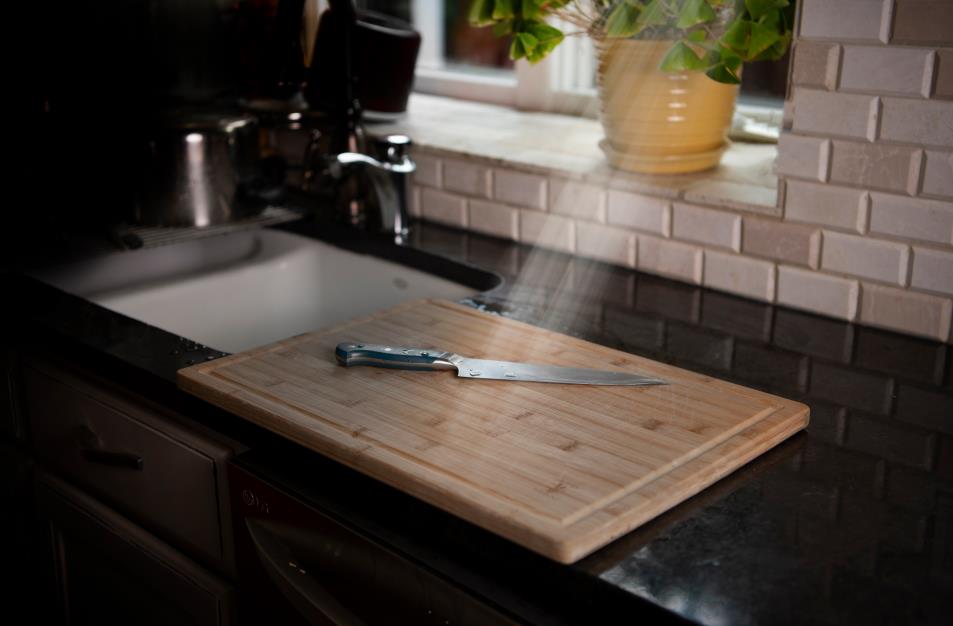
Like any other wood-cutting board material, you must care for your cherry wood cutting board. Doing so involves cleaning, sanitizing, oiling, and waxing the board. Regular cleaning after every use is mandatory, and because wooden cutting boards are generally not dishwasher safe, manual cleaning can be pretty frustrating.
The board may also develop some odors if stored in moist, airless areas. To remove such odors, you need to clean the board with things like lemon and salt; the processing isn’t soothing. While maintenance is a common challenge with wooden cutting boards, always ensure you follow all the best practices, so the board lasts long enough.
Not as rot-resistant as other woods
Cherry wood doesn’t have the excellent rot resistance characteristics of other woods like acacia. While the wood features a tight grain, prolonged exposure to some aspects, like moisture, increases the chances of wood rot, especially with the sweet cherry. Black cherry has a relatively higher rot resistance, but only for the heartwood.
Cherry wood vs. other wood cutting boards
Below is a comparison of cherry wood and other wooden cutting boards.
Cherry vs. maple cutting board
Hard maple, also known as sugar maple, is one of the most ideal woods for cutting boards. The wood has an impressive Janka hardness of 1,450 lbf, slightly below the required maximum of 1,500 lbf.
Compared to sweet cherry wood with a Janka rating of 1,150 lbf, maple is less likely to develop scratches and knife marks after frequent use. However, it will likely dull your knives faster than cherry cutting boards.
Cherry vs. acacia
Another popular wood cutting board is acacia. Besides its attractive grain pattern and color, acacia is a hardwood with a Janka hardness score ranging between 1,500 and 2,000 lbf.
This rating surpasses the required standard, meaning the board will dull your knives much faster. However, it will last longer because it isn’t susceptible to knife marks. Unlike cherry wood, acacia has high tannin content, which helps the wood prevent water damage and decay.
Cherry vs. birch wood cutting boards
A not-so-common cutting board material is birch wood. While it makes excellent cutting boards, the wood isn’t moisture-resistant and is susceptible to damage upon heat changes. Some popular birch species, like yellow and sweet birch, have a Janka hardness rating of 1,260 lbf and 1,470 lbf, respectively. These scores are above those of cherry wood; meaning birch is more resistant to knife marks.
Closing thoughts
Every kitchen deserves a cutting board that offers form and function. Cherry wood stands out as one of the best cutting board materials. The wood has the required hardness levels and is attractive, food safe, and highly durable. Expect your knives to remain sharp even with frequent use.
Speaking of knives, the HDMD brand brings you a collection of high-quality professional-grade kitchen knives that will change your culinary experience. Visit our store and check out the available discounts, plus free shipping for US orders.







